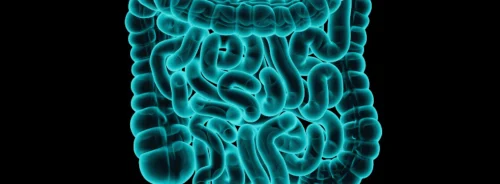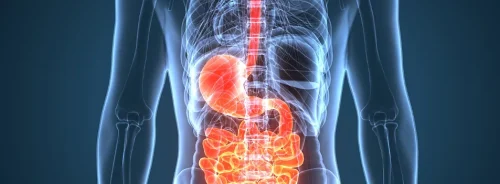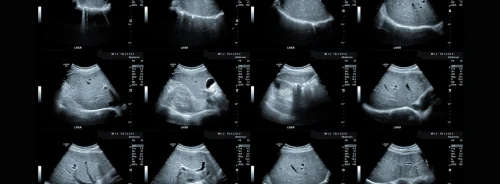Muscle volume is a critical determinant of strength and an important marker for neuromuscular health, with applications ranging from tracking training adaptations to diagnosing conditions such as sarcopenia and muscular dystrophy. Magnetic Resonance Imaging (MRI) remains the reference standard for such measurements, offering high accuracy and detail. However, MRI is costly, time-consuming and less accessible in many settings. Three-dimensional ultrasonography (3DUS) offers a more affordable and patient-friendly alternative. Recent research has evaluated a custom 3DUS system for assessing lower limb muscle volume, focusing on its validity, reliability and comparability to MRI.
Reliability Across Sessions and Raters
The study evaluated five key muscles: tibialis anterior, vastus lateralis, gastrocnemius medialis, gastrocnemius lateralis and biceps femoris. Results showed excellent test–retest reliability, with intraclass correlation coefficients ranging from 0.97 to 0.99 and coefficients of variation generally between 2.0% and 4.6%. The minimal detectable change values were below 5 ml for all muscles, indicating that the system can capture small but clinically meaningful changes, such as those occurring with short-term disuse or after a training intervention. Inter-rater reliability was also high, with similarly low variability and minimal bias between measurements made by different analysts. This consistency suggests that the method is robust for repeated assessments over time and when different trained operators perform the segmentation.
Must Read: Advancing Patient Care and Precision Medicine with 3D Technology
Comparability with MRI
While reliability was strong, direct comparison to MRI revealed systematic underestimation of muscle volume by 3DUS. In the initial protocol, differences ranged from −10% for tibialis anterior to −33% for gastrocnemius medialis, with the highest agreement for tibialis anterior and the lowest for the gastrocnemii. The underestimation was attributed mainly to probe pressure on the skin and narrow sweep distances during scanning, which can distort muscle geometry and lead to reconstruction artefacts. To address this, the acquisition protocol was adapted in a second phase: sweep widths were increased from 3.5 cm to 6 cm, and a 1 cm gel layer was used to minimise probe contact with the skin. This modification reduced the mean difference between 3DUS and MRI by approximately 70% for the biceps femoris and vastus lateralis. Although the discrepancies remained higher than those reported in some previous literature, the improvement demonstrated that protocol refinement can meaningfully enhance comparability.
Phantom Validation and Methodological Insights
To separate methodological from biological sources of error, the team conducted phantom experiments using volumes closely matching human muscle sizes. Both MRI and 3DUS measured the phantoms with high accuracy, showing only small differences from the known volumes. Agreement between the two imaging modalities for phantom scans was high, with differences of less than 3% in most cases. These findings confirmed that both MRI and 3DUS can produce precise measurements under ideal conditions without probe pressure artefacts. This reinforces the conclusion that in vivo discrepancies are primarily due to scanning technique rather than limitations of the imaging technologies themselves. Furthermore, the study’s openly shared methodology, including detailed setup specifications and code, provides a valuable resource for reproducibility and adoption in other laboratories. Standardisation across research groups could help address the variability seen in muscle volume measurements in the literature, where differences in equipment, software and acquisition protocols make direct comparison challenging.
Three-dimensional ultrasonography, when integrated with motion tracking for freehand scanning, shows excellent reliability for measuring lower limb muscle volumes and can detect clinically meaningful changes over time. Although current results indicate systematic underestimation compared to MRI, protocol adjustments—such as increasing sweep distance and reducing probe pressure—can substantially improve agreement. Phantom testing confirms that the technique is inherently capable of high accuracy, highlighting the importance of optimising acquisition methods for in vivo use. Wider adoption of standardised protocols, combined with open sharing of technical details, could establish 3DUS as a cost-effective and scalable alternative for longitudinal muscle volume monitoring in clinical, research and sports settings.
Source: Journal of Imaging Informatics in Medicine
Image Credit: iStock







